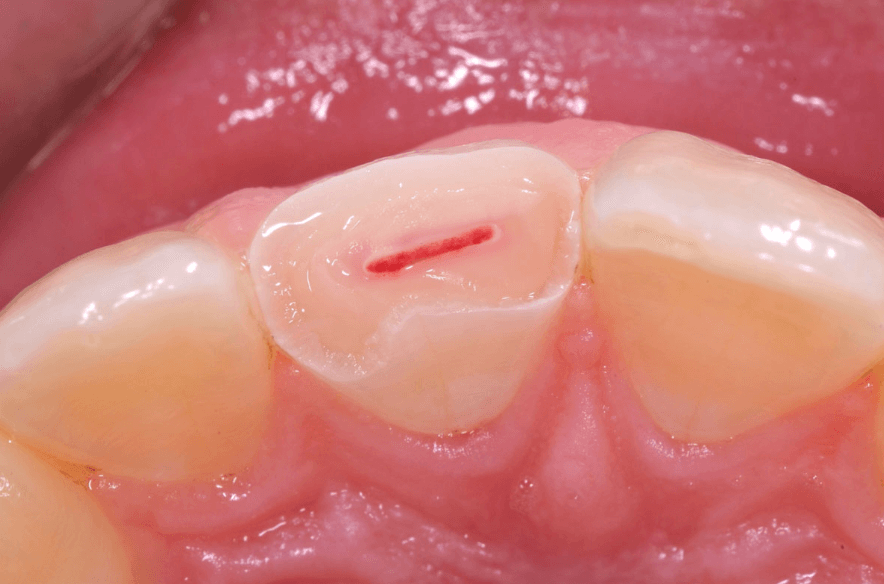
Pulpotomy / Pulpectomy
Pulpotomy and pulpectomy are dental procedures that involve the removal of pulp tissue from a tooth to treat infection or inflammation within the pulp chamber. These procedures are commonly performed on deciduous teeth (baby teeth) and, in some cases, on permanent teeth.
Pulpotomy:
A pulpotomy is a partial removal of the pulp tissue from the crown (visible part) of the tooth. It is typically performed on deciduous teeth with extensive decay that has reached the pulp chamber. The goal is to preserve the remaining healthy pulp tissue and promote the continued development of the root.
Procedure:
- The dentist removes the infected or damaged pulp tissue from the pulp chamber in the crown of the tooth.
- The remaining healthy pulp tissue is treated with a medicated material to disinfect and protect it.
- A filling material, such as dental cement or a dental restoration, is placed to seal the pulp chamber and protect the tooth.
Pulpotomy is often considered a more conservative option than a pulpectomy, as it leaves the tooth with vital pulp tissue and allows for continued root development.
